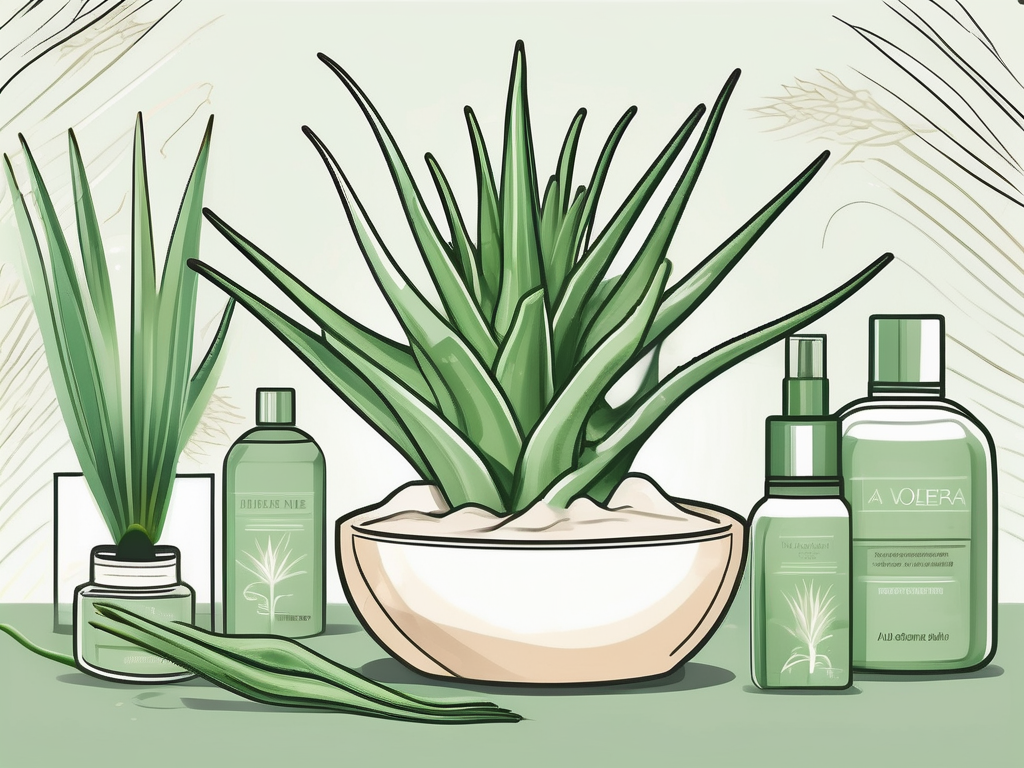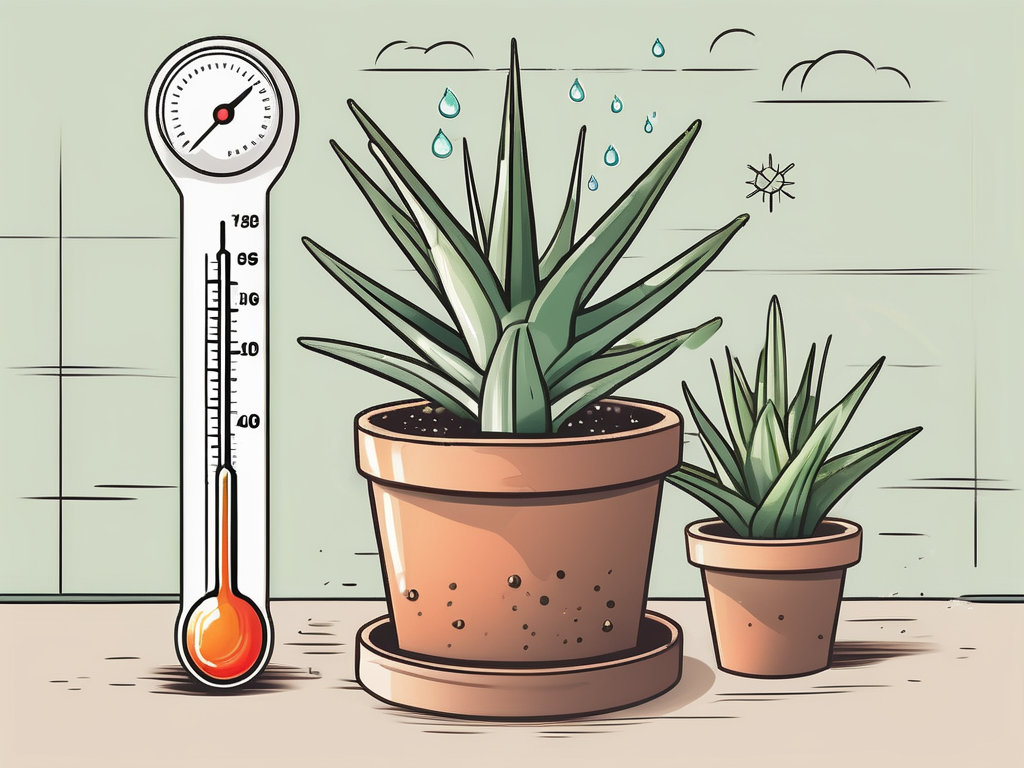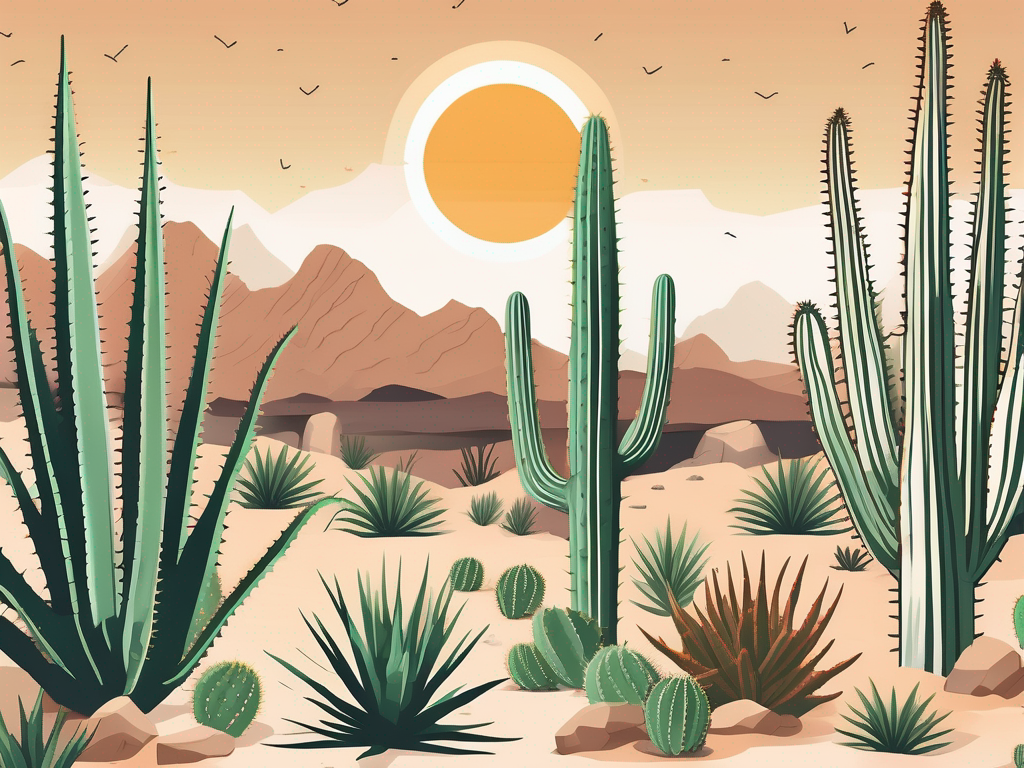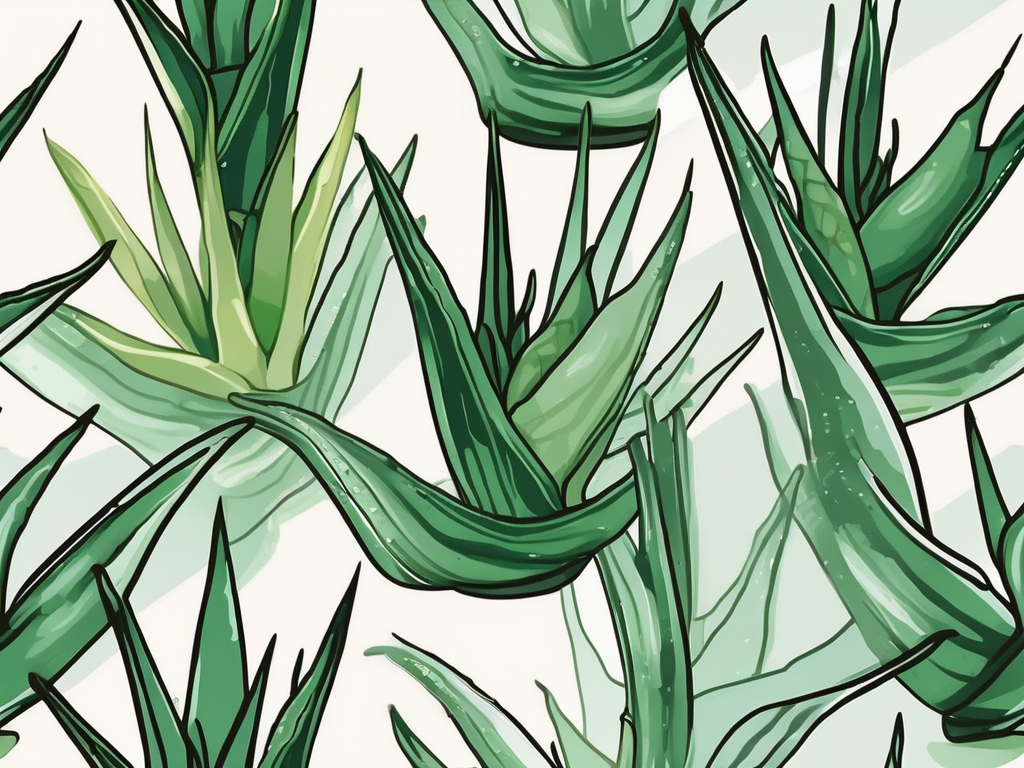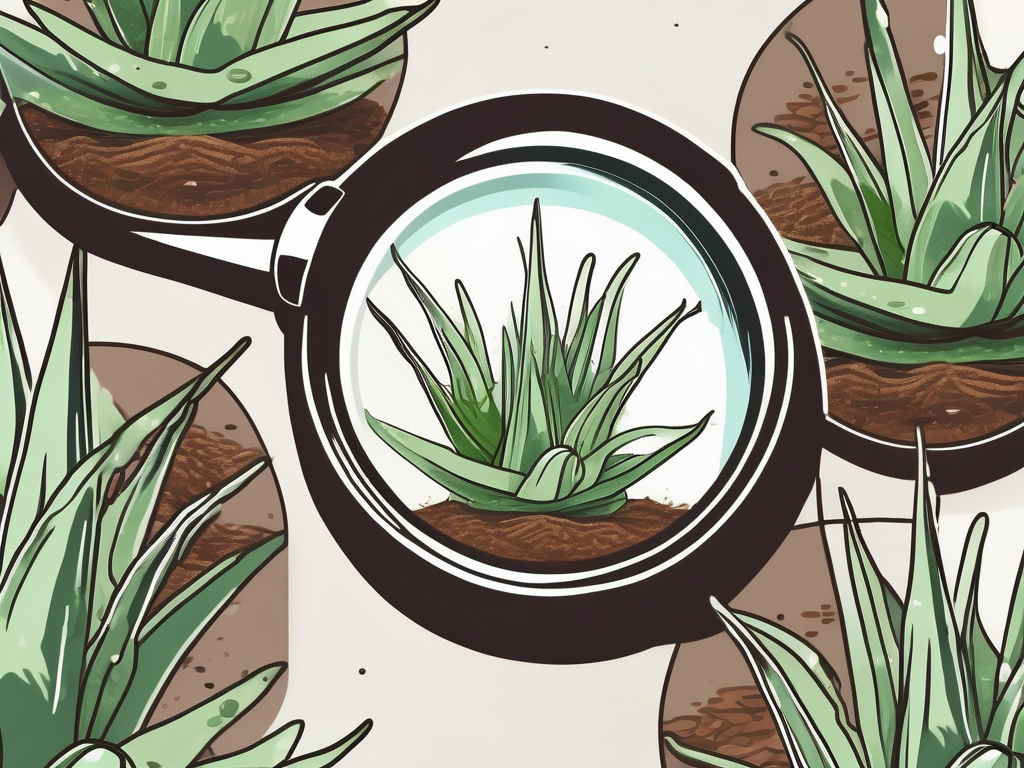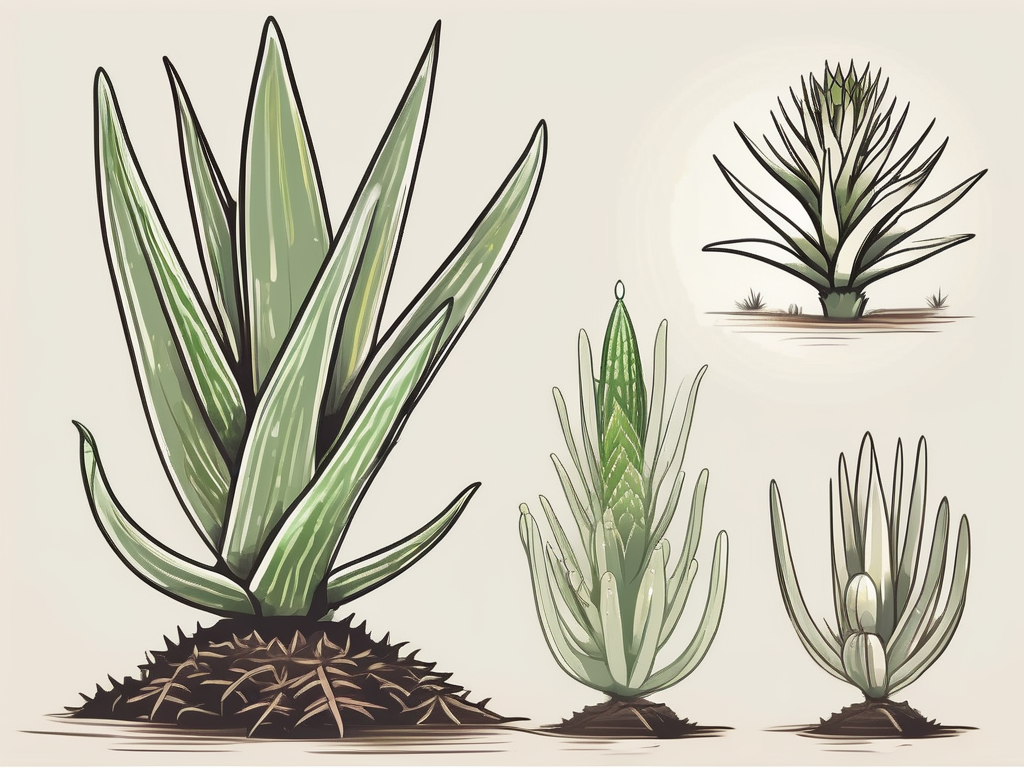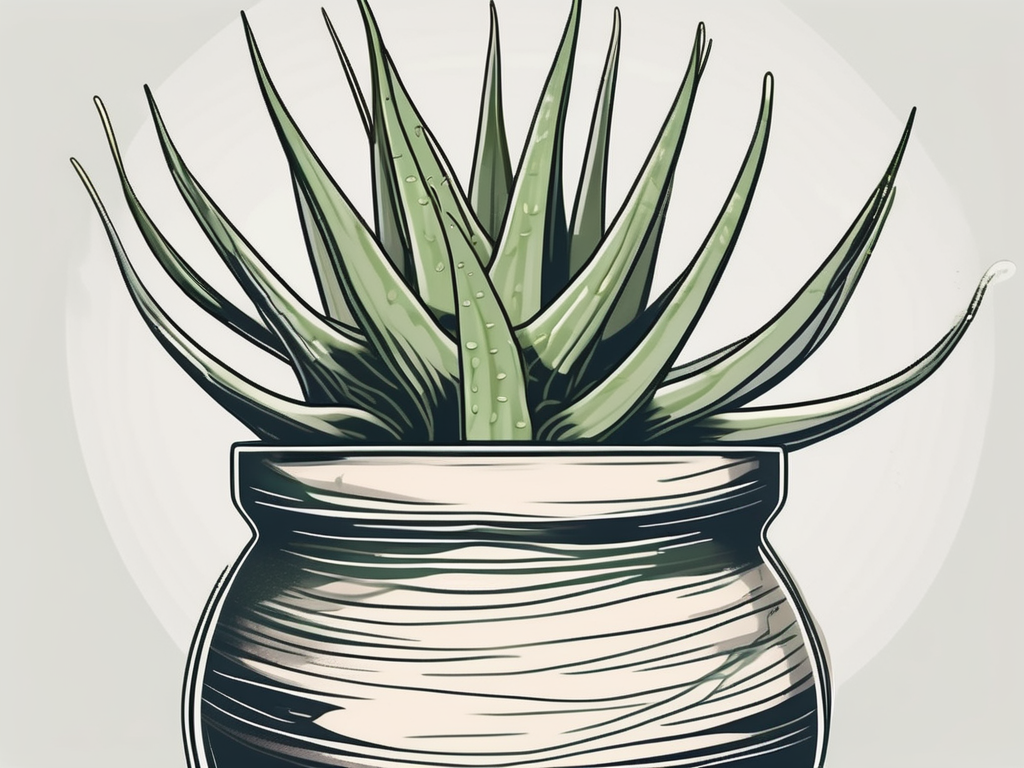
Choosing the right pot for your aloe vera might seem like a minor decision, but it’s a crucial one for the health and happiness of your plant. Whether you’re a seasoned plant parent or just starting your green journey, understanding what makes the best pot for aloe vera can really make a difference.
In this article, we'll explore everything you need to know about selecting the perfect pot for your aloe vera. From materials and drainage to size and aesthetics, we’ll cover all the bases to ensure your aloe thrives.
Understanding Aloe Vera's Needs
Aloe vera is a succulent, which means it has some specific needs compared to other houseplants. These needs primarily revolve around its natural habitat and how it has adapted to survive in arid conditions. When you think about it, the pot you choose needs to mimic a little piece of the desert where aloe veras naturally thrive.
First and foremost, aloe vera prefers a well-draining environment. Their roots don’t like to sit in water, which can quickly lead to root rot—a common issue for many houseplants. This means that the pot you choose needs to have excellent drainage capabilities. Additionally, aloe vera needs plenty of sunlight, so the pot should be easy to move around to catch those rays.
Another interesting fact is that aloe vera can grow quite large, both in terms of height and width. This means that while they might start small, they need room to stretch out as they mature. Choosing a pot that accommodates this growth is part of keeping your aloe happy.
Material Matters: Choosing the Right Pot Material
When it comes to pot materials, there’s a surprising variety, each with its own pros and cons. Let’s break down some of the most popular options you might encounter.
Terracotta
Terracotta pots are a classic choice for many houseplants, and for good reason. They're porous, which means they allow for air and moisture exchange—perfect for preventing the dreaded root rot. The rustic look of terracotta can also add a warm, earthy feel to your home décor.
However, terracotta can dry out quickly, so you’ll need to keep an eye on your watering schedule. Also, these pots can be quite heavy, especially if you have a larger aloe, which might make moving them around a bit of a workout.
Ceramic
Ceramic pots are another popular choice, often coming in a variety of beautiful glazes and colors. They can add a pop of color to your home and are generally more water-retentive than terracotta. However, you need to make sure they have drainage holes, as some decorative ceramic pots might not.
While they look great, they can be on the heavier side, similar to terracotta. This might not be the best option if you frequently move your plants to catch sunlight.
Plastic
Plastic pots are lightweight and often inexpensive, making them an attractive option for many plant lovers. They retain moisture well, which can be both a pro and a con—it’s easy to overwater if you’re not careful.
While they might not have the same aesthetic appeal as terracotta or ceramic, they’re practical. Plus, they're easy to move around, which is great for shifting your aloe to sunnier spots throughout the year.
Size Matters: Picking the Right Pot Dimensions
Choosing the right size pot for your aloe vera is like finding the right pair of shoes—snug but with room to grow. If the pot is too small, the roots can become cramped, leading to stunted growth. On the other hand, a pot that’s too large can hold excess moisture, increasing the risk of root rot.
A good rule of thumb is to choose a pot that’s about 1 to 2 inches larger in diameter than the current pot. This gives your aloe space to grow without overwhelming it with too much soil, which can retain excess moisture and cause problems.
When you’re repotting, take a peek at the roots. If they’re tightly wound or poking out of the drainage holes, it’s definitely time to upgrade to a bigger pot.
Drainage: The Importance of Holes
We’ve touched on this a bit, but it’s worth a closer look. Drainage is one of the most important factors in choosing a pot for your aloe vera. Without proper drainage, water can pool at the bottom of the pot, leading to root rot.
Make sure any pot you choose has at least one drainage hole at the bottom. If you fall in love with a pot that doesn’t have drainage holes, consider drilling some yourself or using it as a decorative outer pot, with a more practical pot inside.
Another great tip is to use a saucer or tray under the pot to catch excess water. Just remember to empty it regularly to avoid water saturation at the base of your pot.
Aesthetics: Blending Style with Function
Let’s be honest—while function is important, we all want our homes to look good too. The pot you choose can be a stylish addition to your décor, reflecting your personal taste and the overall vibe of your space.
Consider the color and material of your pot in relation to the room it will be in. A minimalist space might benefit from a sleek, white ceramic pot, while a more bohemian vibe might call for earthy terracotta or a boldly patterned ceramic option.
Remember, though, that style shouldn’t compromise the needs of your aloe. Always prioritize the plant’s health over aesthetics. Thankfully, with so many options out there, you’re sure to find a pot that ticks all the boxes.
Repotting Tips and Tricks
Repotting your aloe vera is an essential part of plant care, and it’s something you’ll need to do every couple of years. Here’s a quick guide to make the process smooth and stress-free for both you and your plant.
- Water before repotting: Water your aloe a day or two before you plan to repot. This helps loosen the soil and makes it easier to remove the plant from its current pot.
- Gently remove the plant: Turn the pot on its side and gently coax the plant out. If it’s stuck, you might need to tap the pot or gently squeeze the sides.
- Check the roots: Inspect the roots and trim away any that are dead or rotting. This helps promote healthy growth in its new home.
- Choose the right soil: Use a well-draining cactus or succulent mix. You can also add perlite or sand to improve drainage.
- Don’t water immediately: After repotting, wait about a week before watering. This gives the roots time to settle in and reduces the risk of rot.
Common Mistakes to Avoid
Even the best plant parents make mistakes, but learning from them is part of the journey. Here are a few common pitfalls to watch out for when potting your aloe vera.
Overwatering
This is probably the number one mistake when it comes to caring for aloe vera. Remember, these plants are succulents and are more tolerant of drought than overwatering. Ensure your pot has drainage holes and let the soil dry out between waterings.
Ignoring Pot Size
Choosing a pot that’s too large or too small can lead to problems. A pot that’s too big can hold excess moisture, while one that’s too small can restrict growth.
Forgetting About Sunlight
Aloe veras love sunlight, so make sure your chosen pot is easy to move around if you need to chase the sun. A heavy pot might make this task a bit daunting.
Creative Pot Ideas for Aloe Vera
If you’re looking to add a bit of creativity to your plant care routine, consider some unique potting ideas. While traditional pots are great, there are plenty of ways to get creative with your aloe vera’s home.
- Repurposed items: Old tins, mugs, or even vintage tea pots can make quirky and unique homes for your aloe vera. Just make sure to add drainage holes if they don’t already have them.
- Hanging planters: If you’re short on shelf space, consider a hanging planter. Aloe vera can thrive in these setups, and they add a lovely vertical element to your décor.
- DIY pots: If you’re crafty, consider making your own pot. Whether it’s using clay, concrete, or even woven baskets, the possibilities are endless.
Maintaining Healthy Aloe Vera
Once you’ve found the perfect pot and settled your aloe in, the next step is maintaining its health. Here are a few tips to keep your aloe looking its best.
Watering: As mentioned earlier, let the soil dry out between waterings. This usually means watering every 2-3 weeks, depending on your home’s climate and the time of year.
Sunlight: Position your aloe in a spot that gets plenty of bright, indirect sunlight. A south or west-facing window is usually ideal.
Fertilizing: Aloe vera doesn’t need much in the way of fertilization. A diluted cactus fertilizer in the spring and summer will suffice.
Pruning: If you notice any dead or damaged leaves, feel free to trim them back. This not only improves the plant’s appearance but also encourages new growth.
Final Thoughts
In summary, choosing the right pot for your aloe vera involves considering the plant’s needs for drainage, size, and sunlight. Balancing these needs with your aesthetic preferences can lead to a thriving plant and a beautiful addition to your home.
At Cafe Planta, we offer a range of houseplants and stylish pots to suit every taste. If you have any questions or need advice, feel free to email us or reach out on Instagram. We believe that plants connect us with nature and each other. Whether you’re a seasoned plant parent or just starting, we’re here to help you grow a beautiful collection.













